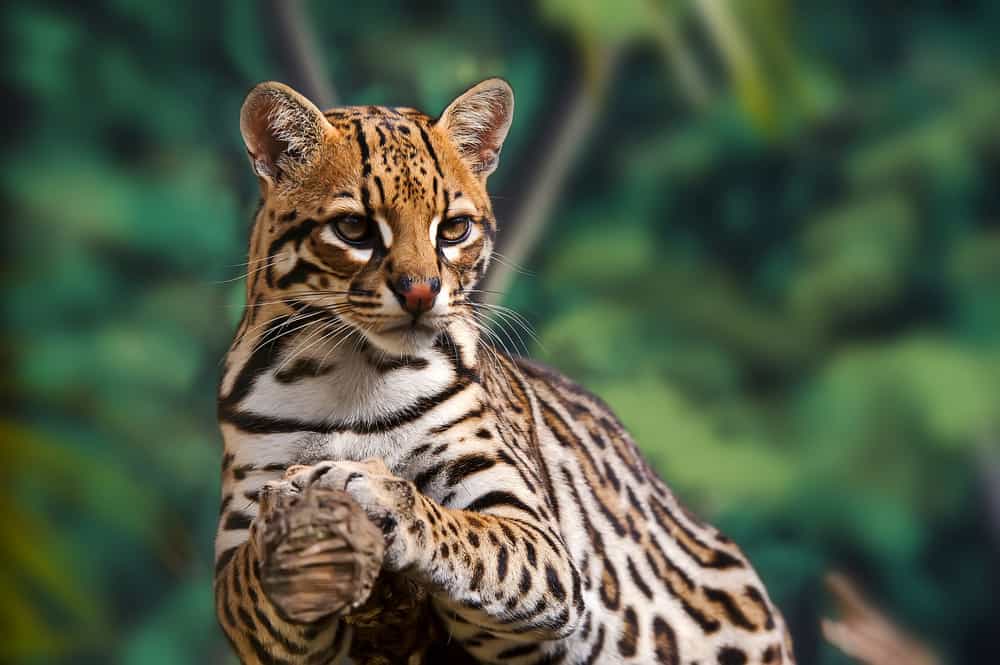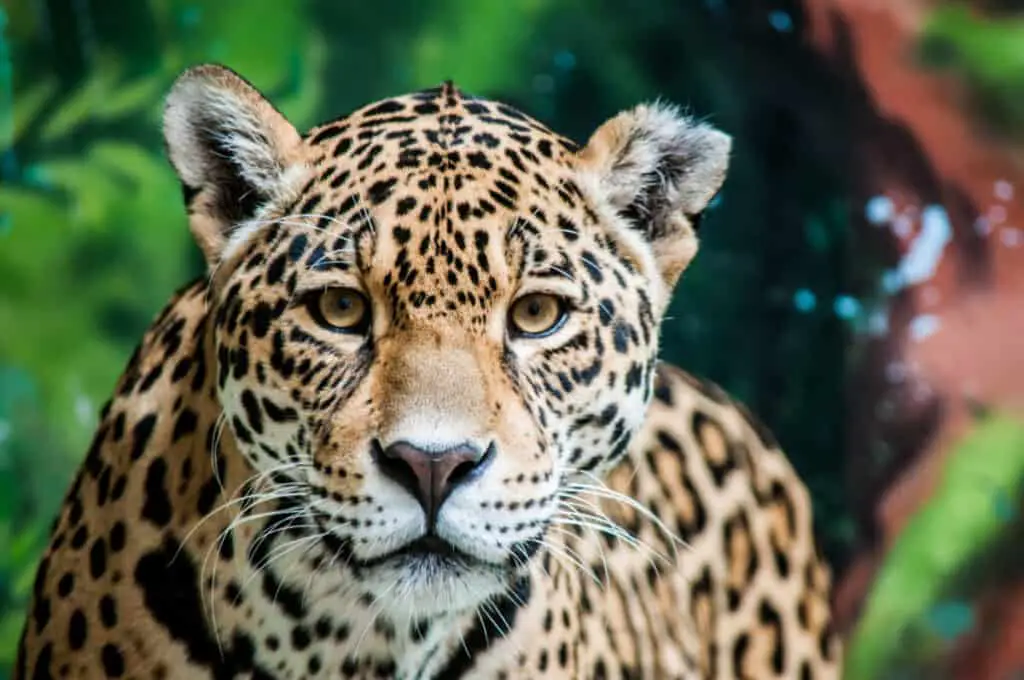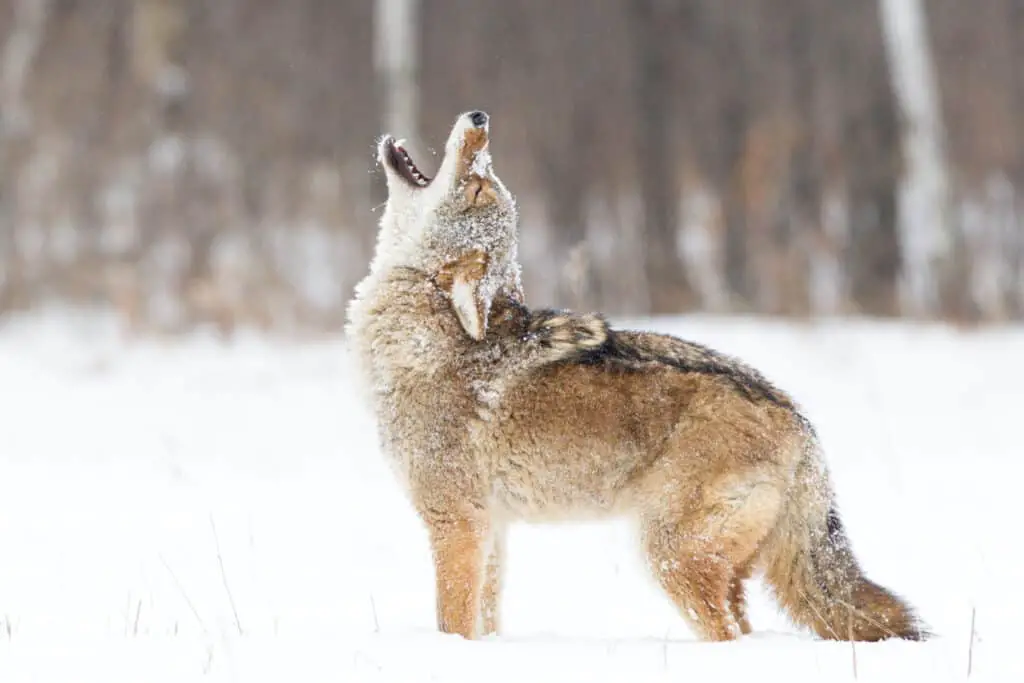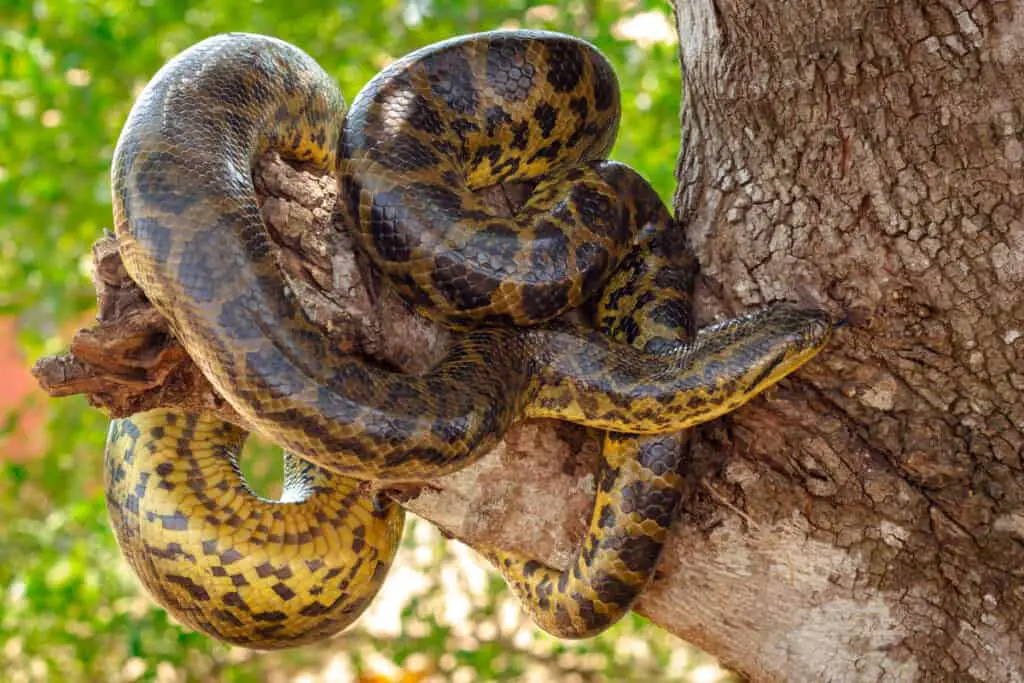Ocelots, also known as leopard cats, are small wild felines that inhabit the tropical forests of South and Central America. These carnivorous mammals play a crucial role in maintaining ecological balance by controlling rodent populations and serving as prey to larger predators. Despite their importance in the ecosystem, ocelots face numerous threats to their survival, including habitat loss and fragmentation, hunting for their fur and meat, and predation by other animals.
Understanding the predators of ocelots is essential for developing effective conservation strategies to protect them. This article aims to explore the different types of predators that threaten ocelot populations and how human activities affect these interactions. By shedding light on this topic, we hope to raise awareness about the importance of preserving these magnificent creatures and their natural habitats for generations to come.

The Importance of Understanding Ocelot Predators
Understanding the predators of ocelots is crucial in comprehending the ecological dynamics and conservation of this species. As one of the top predators in its ecosystem, ocelots play an important role in maintaining a balanced food web. However, their population has been declining due to various factors such as habitat destruction and hunting. To understand how these threats affect ocelot populations, it is necessary to consider their interactions with other animals, particularly their predators.
Research shows that understanding behavior patterns between ocelots and their predators can provide valuable insights into the impacts of habitat destruction on this species. For example, when there are fewer trees available for cover or hunting prey becomes more difficult due to changes in vegetation patterns, ocelots may become more vulnerable to predation by larger carnivores such as jaguars or pumas. Understanding these predator-prey dynamics can help conservationists identify areas where interventions are needed to protect both ocelots and their habitats from further degradation.

Jaguars and Pumas
Jaguars and pumas, two of the largest predatory felines in the Americas, are among the top predators that prey upon ocelots in their native habitats. These large cats are known to hunt ocelots both for food and territory. In regions where jaguars and pumas coexist with ocelots, competition for resources can be intense, leading to challenges for conservation efforts aimed at preserving these species.
The ecological impact of predation by jaguars and pumas on ocelot populations is complex. On one hand, it has been suggested that predation by larger carnivores may help maintain healthy ecosystems by controlling prey populations and preventing overgrazing or other damaging impacts. However, excessive predation pressure can also lead to declines in vulnerable or threatened species like the ocelot. Effective conservation strategies must balance the need for predator control with protection of biodiversity and ecosystem health.
| Jaguar | Puma | Ocelot |
|---|---|---|
| Solitary hunters; prefer large prey like deer | Also solitary hunters; will eat smaller mammals like rabbits as well as larger prey like deer | Agile climbers; primarily hunt small mammals |
| Listed as Near Threatened by IUCN due to habitat loss & poaching | Listed as Least Concern but face threats from habitat loss & hunting | Listed as Least Concern but populations declining due to habitat loss & fragmentation |

Coyotes and Bobcats
Medium-sized predators such as coyotes and bobcats also play a role in the ecology of ocelot habitats. These predators are known to compete with each other for prey, which can affect the availability of food resources for ocelots. Coyotes have been observed preying on ocelot kittens, while bobcats have been found to feed on smaller prey items that could potentially be a food source for ocelots.
The competition between coyotes and bobcats can also lead to changes in their behavior and distribution within the ecosystem. Studies have shown that in areas where coyote populations are high, bobcat populations tend to decrease due to increased competition for resources. This dynamic interaction between medium-sized predators highlights the importance of understanding predator-prey relationships in maintaining ecological balance and sustaining healthy ecosystems for all species involved.

Snakes and Birds of Prey
Small predators such as snakes and birds of prey can pose a threat to ocelots, particularly when it comes to the availability of prey. Snakes, for instance, are known to consume small mammals like rodents that make up a significant portion of the ocelot’s diet. When snakes thrive in an area where ocelots also reside, it can lead to competition for food resources. Birds of prey, on the other hand, may directly hunt ocelots or their prey species. For example, hawks and owls have been observed preying on both rodents and rabbits – two animals commonly consumed by ocelots.
The impact of habitat loss is another factor that can affect the relationship between small predators like snakes and birds of prey with ocelots. As human activities continue to fragment forests and alter natural habitats across Central America, this may force these smaller predators into areas where they were previously absent or less common. This could increase competition for food resources among all predator species including ocelots leading to further impacts on their survival and population dynamics.
| Small Predator | Prey Consumed | Potential Impact |
|---|---|---|
| Snakes | Rodents | Competition for Food Resources |
| Birds of Prey | Rabbits/Rodents | Direct Predation on Prey Species (Ocelot) |
Human Impact on Ocelot Predation
Human activities, such as habitat destruction and fragmentation, have a significant impact on the predation patterns of ocelots. As their natural habitat is destroyed to make way for human development, ocelots are forced to hunt in smaller areas that may not provide enough prey for them to survive. This can lead to increased competition among ocelots and other predators, ultimately reducing the overall number of ocelots in the wild.
Additionally, human wildlife conflict poses a threat to ocelot populations. Ocelots may be hunted or killed by humans who see them as a threat to livestock or crops. This further reduces their numbers and disrupts their natural behavior patterns. It is important for conservation efforts to address these issues by protecting and restoring the habitats of ocelots while also promoting coexistence between humans and wildlife.
Conservation Efforts to Protect Ocelots
Conservation efforts aimed at preserving the natural habitats of wild felines have become increasingly crucial in recent years. For ocelots, these conservation efforts are particularly important as their habitat is being destroyed at an alarming rate due to human activities such as deforestation and agriculture expansion. One way conservationists are working to protect ocelots is through community involvement. By educating local communities about the importance of conserving natural habitats and involving them in habitat restoration projects, conservationists hope to create a sense of ownership and responsibility among locals towards protecting endangered species like the ocelot.
Another approach to protecting ocelots involves habitat restoration. This entails rebuilding areas that have been degraded or destroyed by human activities. Conservationists work with local governments, non-profit organizations, and other stakeholders to identify critical areas for restoration and implement measures that can help restore these areas back to a healthy state for wildlife. Habitat restoration also helps address the issue of fragmentation caused by human development, which has contributed significantly to the decline in ocelot populations over time. With continued support from various stakeholders, there is hope that conservation efforts aimed at protecting vital habitats will help ensure the survival of ocelots for generations to come.

Future of Ocelot Populations and Predation Threats
As ecosystems continue to face increasing threats and changes, the survival of many species, including those within the feline family, remains uncertain. Ocelots, in particular, are facing significant challenges that threaten their populations. Habitat loss is a major threat to ocelots as forests and grasslands continue to be destroyed for agricultural purposes or urbanization. This habitat destruction not only reduces the amount of space available for ocelots but also results in fragmentation of their habitats, which can isolate populations from one another and reduce genetic diversity.
Ocelot population decline is also attributed to predation threats such as jaguars, pumas, and coyotes. These predators are known to compete with ocelots for resources and space while also preying on them. Additionally, ocelots are often hunted by humans for their fur or perceived medicinal properties. As a result of these pressures on their populations, conservation efforts must be strengthened to protect these animals from extinction.
Conclusion
In conclusion, understanding the predators of ocelots is crucial for their conservation and protection. Large predators such as jaguars and pumas pose a significant threat to ocelot populations, while medium-sized predators like coyotes and bobcats also prey on them. Additionally, smaller predators such as snakes and birds of prey can impact ocelot survival.
Human activity has also had an impact on ocelot predation, with habitat loss and fragmentation leading to increased vulnerability to predators. Conservation efforts aimed at protecting ocelots include habitat restoration, anti-poaching measures, and educating communities about the importance of preserving these animals.
As we look towards the future of ocelot populations, it is clear that continued efforts are needed to address threats from both natural predators and human activity. By increasing our understanding of ocelot behavior and developing effective conservation strategies, we can work towards ensuring a healthy future for these magnificent creatures.
